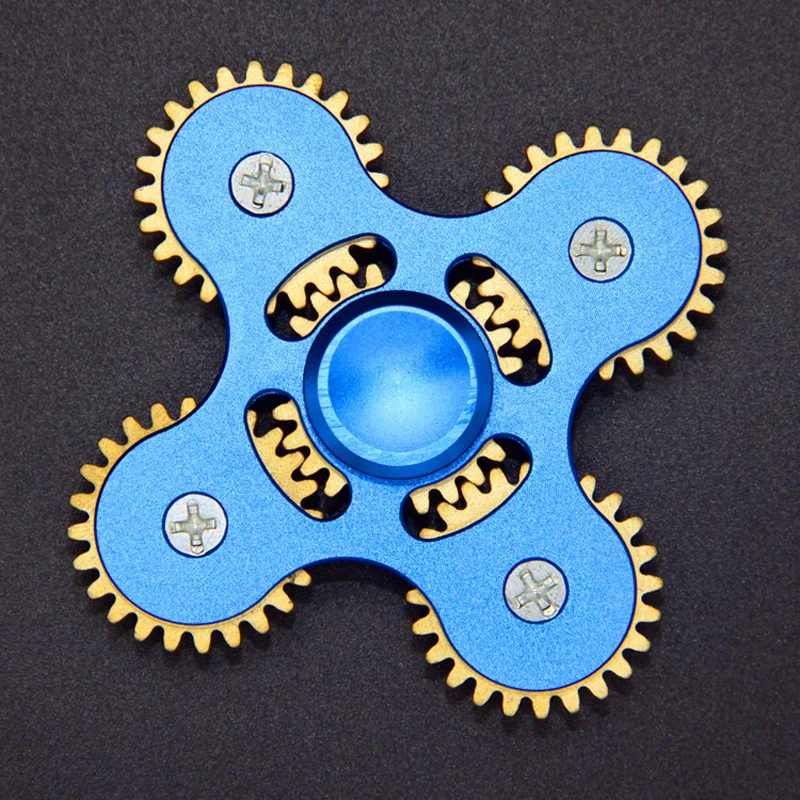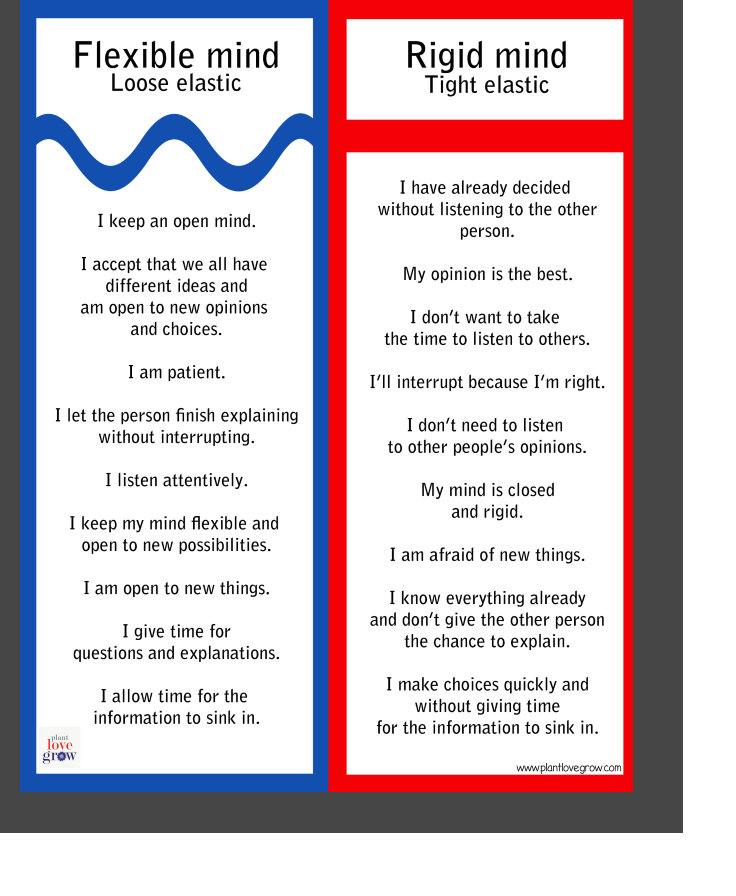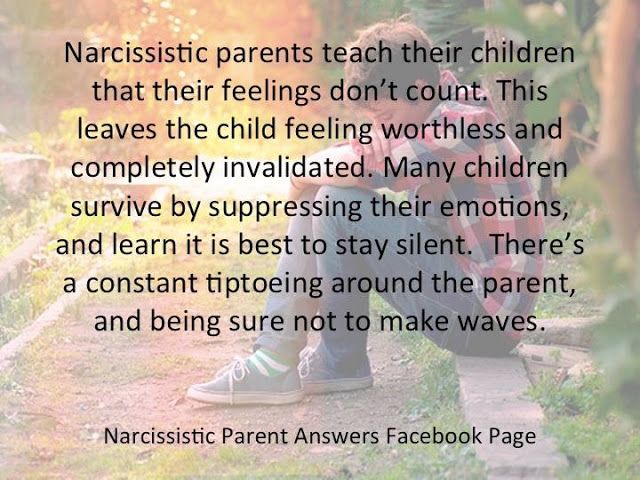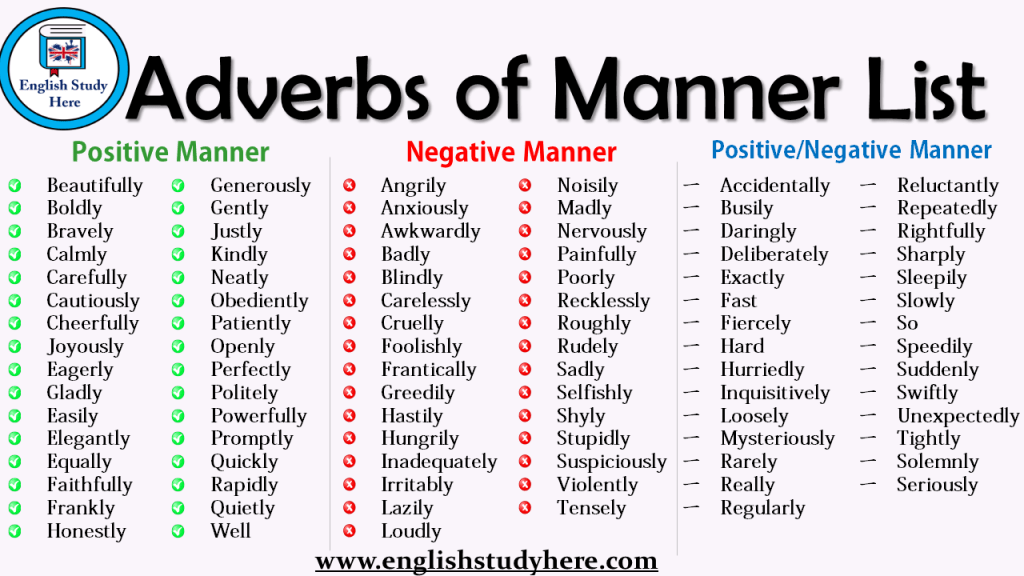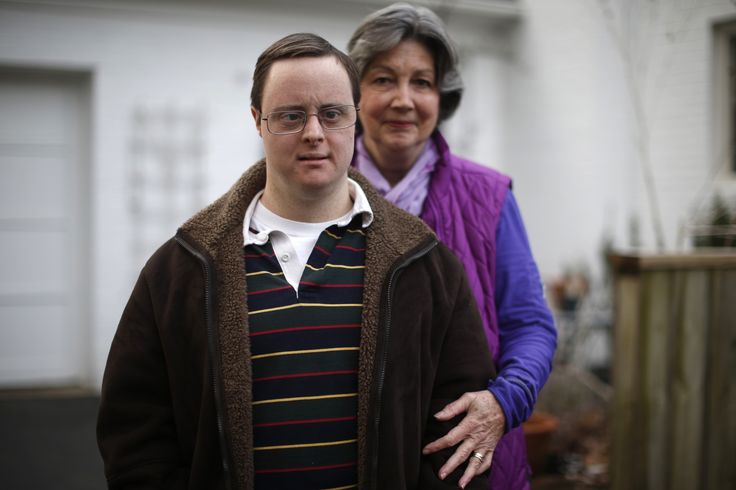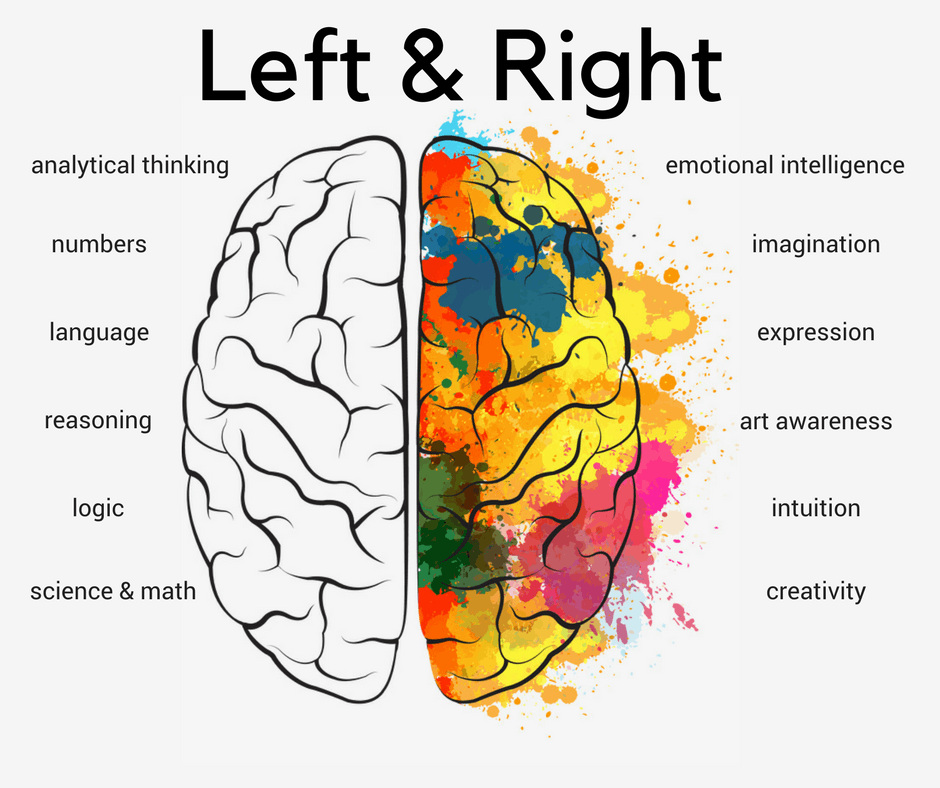Spinner toy autism
Why do Autistic kids spin their toys?
Evaleen WheltonEvaleen Whelton
Facilitator of meaningful change for Autistic people. #ActuallyAutistic
Published Nov 4, 2021
+ Follow
An Occupational Therapist recently asked this question:
How can I get my little clients to stop stimming long enough so they can engage in play and social interaction.
I asked her for more information and she explained that her little Autistic clients were stimming like spinning their toys for sensory input and she wanted to find alternative ways to give them their sensory input so that she could teach them to play with toys properly. She went on to say that they had to learn how to play with novel toys so that they could reach their milestones.
So let’s break down everything that is wrong with this question because it shows a total lack of understanding of Autisticity, which is probably because her training never including anything Autistic-led and this OT is trying her best with all of the misinformation she’s been fed.
Firstly, Stimming has at least 8 different functions. It is not just something we do for sensory input.
It’s clear from this question that there is still lots of misunderstanding around what stimming is and why people do it. It also really needs to be framed as a human activity rather than an Autistic one. (Although Autistics are really good at it).
The children are stimming when they’re spinning their toys. This much is correct. But they aren’t stimming for sensory input (well not in the way this OT understands it). In this context they are spinning their toys to play with them. Stimming here is employed to learn about the toys.
What do Autistic kids learn by spinning their toys? The laws of motion. They learn about inertia, velocity and force. While they spin their toy they are learning, analysing and processing. They are studying how fast it moves if I spin this way and how soon it will stop if I spin it that way. They study this visual input over and over until they have a deep understanding of how this all works. They build mental frameworks in their minds and this takes serious time and effort.
They learn about inertia, velocity and force. While they spin their toy they are learning, analysing and processing. They are studying how fast it moves if I spin this way and how soon it will stop if I spin it that way. They study this visual input over and over until they have a deep understanding of how this all works. They build mental frameworks in their minds and this takes serious time and effort.
They are not just doing something to keep their eyes busy or for “sensory input”. I mean where is all this input we seek supposed to go anyway?
Secondly, Autistic children, if you have not already realised from my first point do not need to be taught to play. They do not need to be taught to play with new toys or “appropriately”. The reason we have advancements and inventions and discoveries as humans is because children play in this way. If children did not play and investigate in this way then we would not have all of these advancements.
Also I would seriously question the idea that children need toys to develop.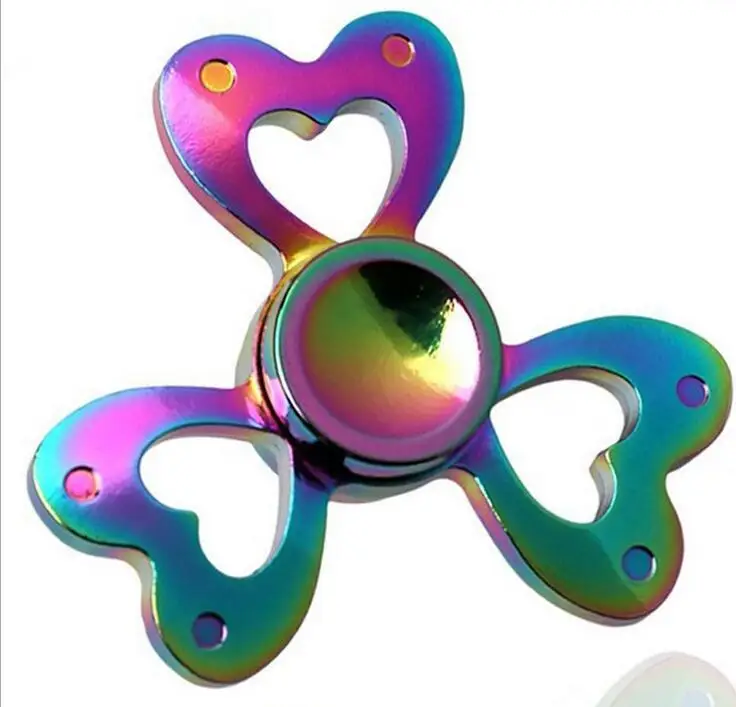 We have somehow evolved and developed over hundreds of thousands of years without the mass-production of toys. If toys are needed for our development then how did we develop at all when toys really only became a big part of our lives during the industrial revolution. Before that children’s toys were scarce and rudimentary. They played with sticks, balls made from pig intestines, hoops, spinning tops and so on for thousands of years and somehow they managed to develop without Lego, Mattel or Fisher Price.
We have somehow evolved and developed over hundreds of thousands of years without the mass-production of toys. If toys are needed for our development then how did we develop at all when toys really only became a big part of our lives during the industrial revolution. Before that children’s toys were scarce and rudimentary. They played with sticks, balls made from pig intestines, hoops, spinning tops and so on for thousands of years and somehow they managed to develop without Lego, Mattel or Fisher Price.
Just in case you think I’m saying children don’t need toys or get value from them I am not. I am saying that we do not need them in order to develop despite what the careful marketing and promises printed on the side of colourful boxes tell us. I remember when my little girl was baby getting completely sucked into this whole idea and buying toys which promised to help with social emotional learning and others that promised to develop spatial reasoning and creativity. Play is natural and kids develop these skills through naturally investigating and engaging with the world around them.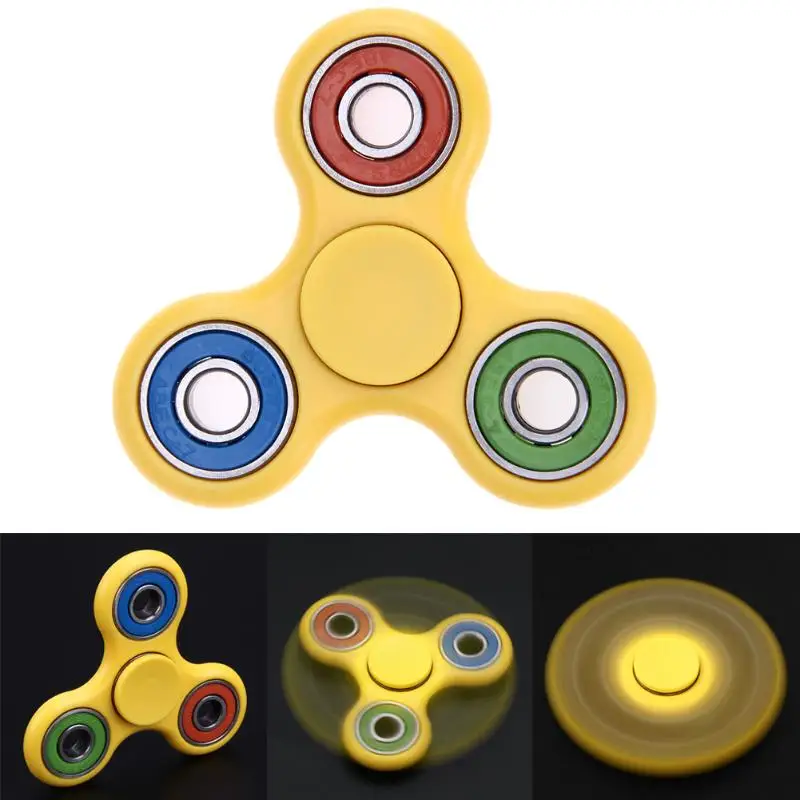 Our world is full of “sensory inputs”, we learn through our senses as humans and we are constantly learning from the world around us.
Our world is full of “sensory inputs”, we learn through our senses as humans and we are constantly learning from the world around us.
The cost for the child
What is the cost for the child if they are not given the freedom to play in their natural way? Well, taking a child a way from their spinning toy can mean that the mental framework they were building falls part. It collapses like a virtual house of cards. This can be highly frustrating. As for training or coercing children to play in ways which are not natural to them ...sounds like utter torture to me.
When we carry out this sort of intervention against Autistic children we may be under the illusion that we are helping them to reach their milestones but Autistic kids don’t reach non-autistic milestones. Autistic kids develop Autistically and reach their milestones just like non-autistic kids. Our paths are just slightly different early on in life.
This sort of well meaning but misguided messing about with Autistic kids can lead to low self esteem, stress, anxiety, trauma and depression in childhood and later on.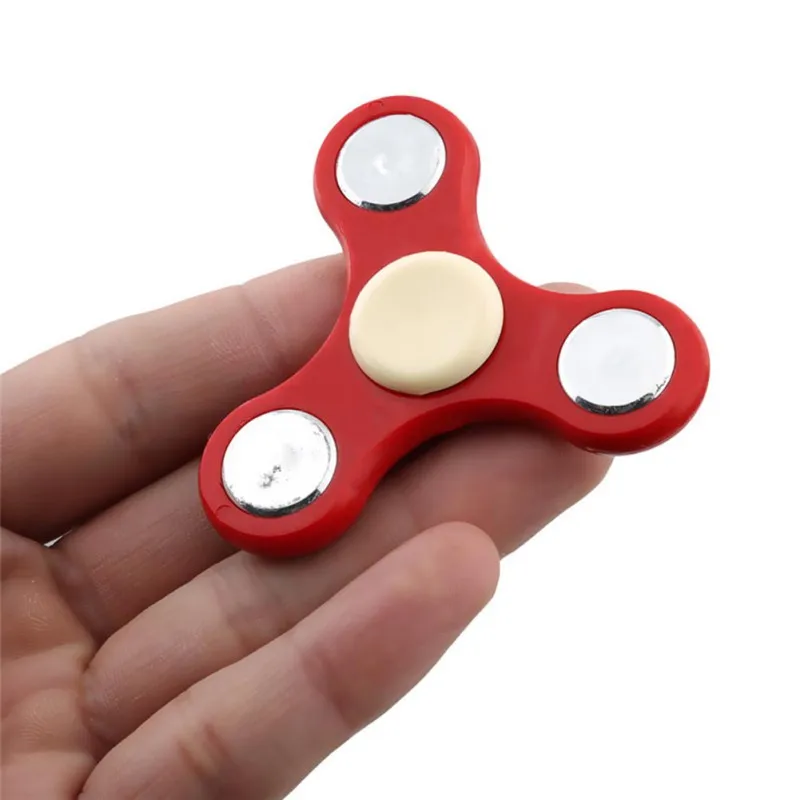
The moral of this story is stop messing about with Autistic kids when you do not fully understand what you are doing and when you do not fully understand what they are doing and let kids be kids. Everyone develops and everyone is entitled to the space and freedom to do just that.
What Does Autism Look Like?
Skip to contentAutism
This section describes autism spectrum disorder (ASD) in greater detail. The term “spectrum” can be defined as a continuous sequence or range (Merriam-Webster’s online dictionary, n.d.). As such, parents, caregivers, and educators will recognize the wide range of strengths and challenges children with ASD exhibit.
Social Communication Impairments may include the following:
- The child may display poor or fleeting eye contact. This is often one of the earliest signs of ASD, as is a lack of responding to one’s name.
- The child may exhibit difficulty initiating or maintaining a conversation. Or, conversations may focus on a preferred topic of interest.
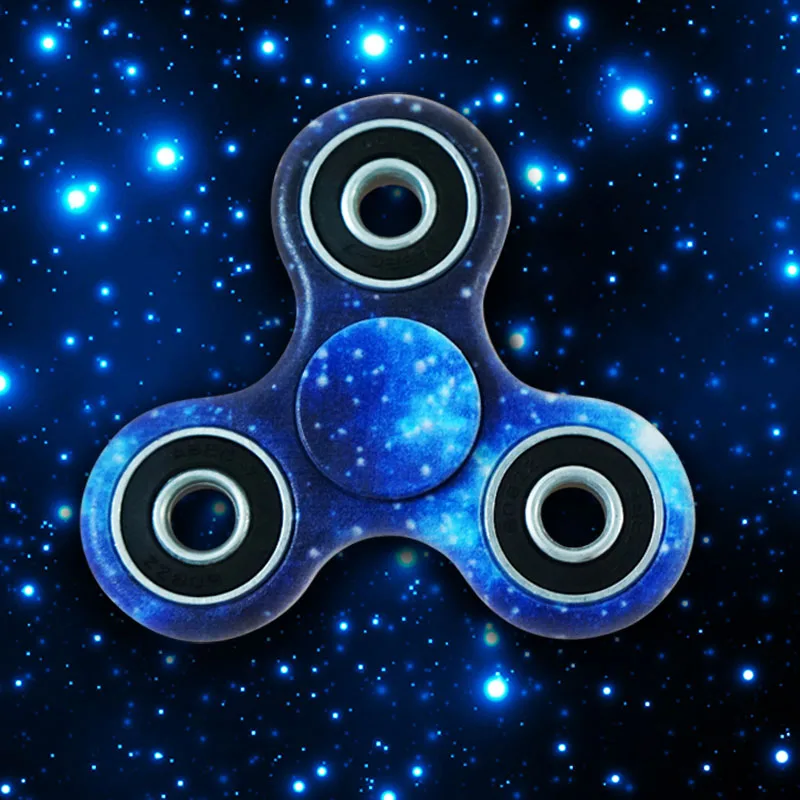 Individuals with ASD may have difficulty understanding when to start or stop a conversation.
Individuals with ASD may have difficulty understanding when to start or stop a conversation. - Language that seems “scripted” or echoed from television, a movie, or previous interaction. Many educators and caregivers report children with ASD engaging in “movie talk” or “TV talk” which refers to the child verbally repeating scenes from a television show or preferred movie.
- The child may lack empathy. For example, the child may be unable to recognize when another person is distressed because of a broken toy or dropped ice cream on the floor.
- The child may have difficulty understanding nonverbal communication (e.g., eye-rolling suggesting negative response or thumbs-up as a sign of agreement). The child may not understand cues of yawning or looking away as a lack of interest in the topic of conversation.
- The child may have challenges understanding verbal communication (e.g., extensive instructions for an assignment). Although a child may be able to communicate using language and understand basic requests, excessive language during instructions or questions may result in confusion or distress.
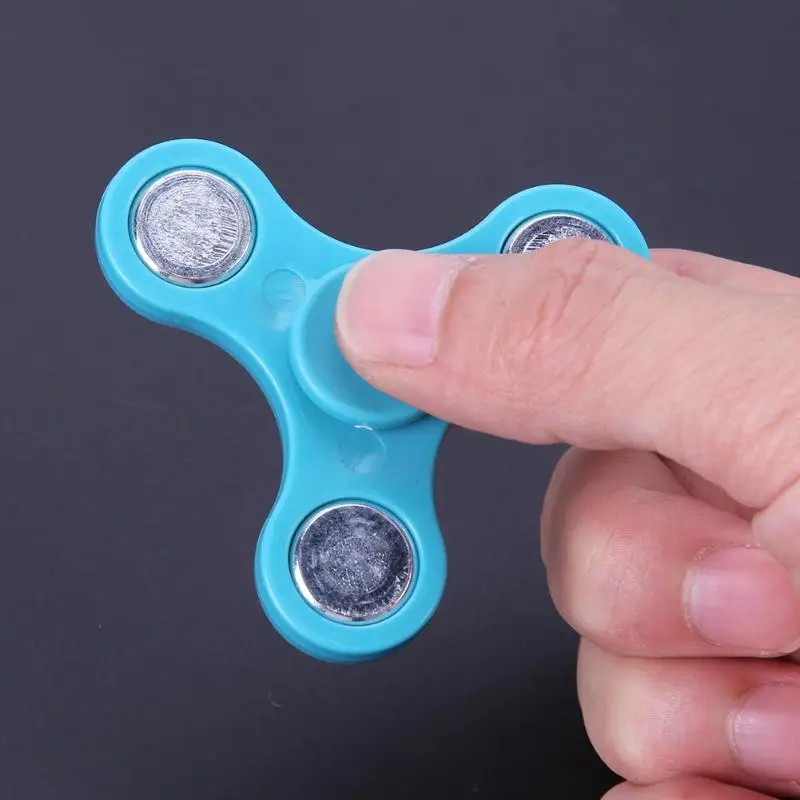
- Some children have an aversive response to a hug, handshake, or pat on the back. The response may be as simple as pulling away from the hug or as distressing as self-injury.
- The child may have a preference to remain alone at home or during recess at school. It is not unusual for students with ASD to sit in the corner of the playground alone or under a play structure.
- The child may demonstrate the inability to participate in pretend play (e.g., not able take on a “character” or use a bowl as a hat).
- The child may be unable to use language to communicate (uses communication device or picture communication).
Restricted, repetitive patterns of behavior, interests, or activities include:
- The child may exhibit strong interests in a specific topic or toy. Children with autism have been known to have extreme interests, such as memorizing train schedules or dates in history, or categorizing all aspects of aquatic life. They may have extremely well-developed memory skills and be able to easily recall things that occurred many years ago.
 Many children gravitate to numbers, letters, and colors in their play and communication with others. Some children become fixated on videos such as Thomas the Tank Engine, watching segments of the movie over and over.
Many children gravitate to numbers, letters, and colors in their play and communication with others. Some children become fixated on videos such as Thomas the Tank Engine, watching segments of the movie over and over. - The child may have extremely rigid ideas about time, travel, daily routines, feeding, dressing routines, and placement of objects at home and in the classroom.
- Probably one of the most obvious symptoms of ASD includes the atypical body movements that are sometimes associated with this disorder. Although not always indicative of ASD, these symptoms are often the first things people notice in terms of unusual behavior. For instance, some children really enjoy spinning their bodies in circles for much longer than their peers could sustain. Other children engage in full or partial body rocking, and may position their bodies in unusual ways. Children will sometimes run in ritualized patterns on the playground or in the home. They may walk on their toes or flap their hands.
 At times, they may flick their fingers or cross them in unusual ways.
At times, they may flick their fingers or cross them in unusual ways. - The child may experience sensory challenges, and will be either over- or under-sensitive to temperature, texture, smell, or sound. It is not uncommon for the child to refuse to wear specific types of clothing or sleep on sheets that are not made of a specific material.
- The child often engages in unusual play-based behaviors. She will line up her toys, categorize them, or place them in various positions that cannot be altered. Some children enjoy watching objects fall, and will repetitively drop objects such as balls, water, sand, etc. Other children enjoy spinning items, and will spin toys, plates, forks, lids, or other things that are not meant to be spun.
- The child may visually examine his toys or objects in their environments. He may peer at objects out of the corner of his eye, but also may place them directly in his field of vision, moving them in and out of that field. Often, a child will flip over a toy car and flick the wheels while watching them spin, or lie on the floor and watch the wheels move as he pushes the car.
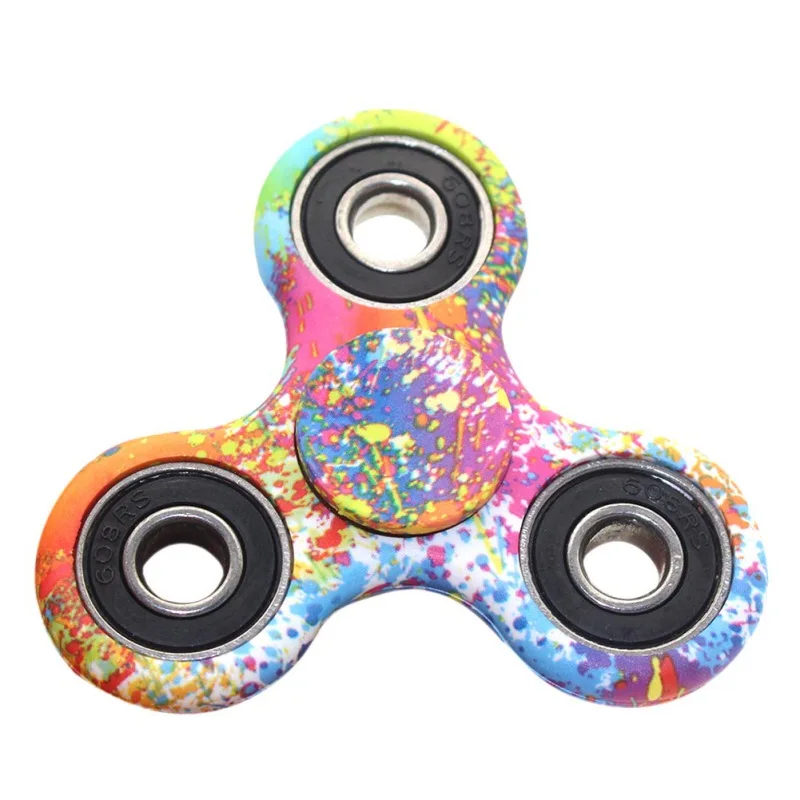
Many parents, caregivers, and educators report that children with ASD exhibit behavioral challenges such as tantrum behavior, aggressive behavior, self-injurious behavior, property destruction, and noncompliance. Challenging behaviors should be addressed promptly at home and at school.
Recognizing behavioral strengths of children with ASD is equally important, as it is those strengths that can be expanded to increase adaptive behavior. Just like neurotypical children, those with ASD have a wide range of talents. A child with ASD may be able to play a song on the piano without sheet music, but will avoid interaction with peers. At school, that child’s piano-playing skills may be incorporated in the classroom to help increase communication with peers. For example, a teacher could make a game of “name that tune,” encourage turn-taking at the piano, have the child teach peers about the piano, etc. Teachers could also make use of the vast knowledge a student with ASD may have on a particular topic.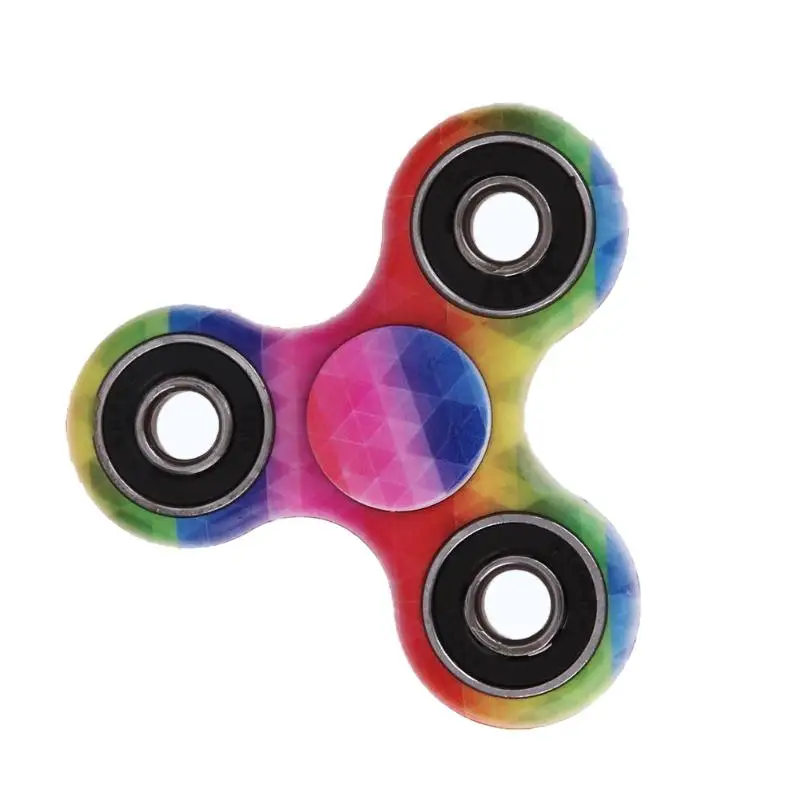 For example, if a student is fixated on train routes, a teacher could have that student develop a presentation with peers regarding specific routes, draw a wall-size map of routes, and incorporate routes in lesson plans regarding transportation, communities, or history. These activities are often beneficial to the student with ASD and his or her peers!
For example, if a student is fixated on train routes, a teacher could have that student develop a presentation with peers regarding specific routes, draw a wall-size map of routes, and incorporate routes in lesson plans regarding transportation, communities, or history. These activities are often beneficial to the student with ASD and his or her peers!
Spinner - a toy for autists or a newfangled anti-stress for adult boys?
?Previous Entry | Next Entry
Russia is filled with new fun things. Spinners. The mechanism of operation is simple - in the middle is a bearing, along the edges of the weighting agents - twist - twirl. This is where the simplicity ends and Israel begins.
Spinners spread at the speed of a virus in a closed room. These things walk and twirl and the eight-year-old boys, both my son and the adult hipster-looking uncles, hold the girl’s hand in one hand, and a spinning spinner in the other. So I want to say - drop kaku. I mean spinner.
So I want to say - drop kaku. I mean spinner.
But, since giving advice is not a blessed thing, and having no idea about what you don't know, I bought it today. What can I say, this contraption is for kinesthetics who like to twist something in their hands. I definitely belong to them, which my collection of flip-over rosaries from the zone can tell about (mostly from the "six" there are several from the "tens" of ebonite), but twisting them is somehow not convenient in the so-called. "decent" society.
This contraption was allegedly created for people who experience problems with concentration and anxiety: people with ADHD, people with autism. But even if this is so, then she went much further and conquered the whole world.
This is not an advertisement. Just a kinesthetic post.
https://youtu.be/vHScTgd3tQc
Although many schools forbid their students to bring these toys. They distract from studying.
In our Soviet childhood, there were no toys, but they were mostly homemade jokes.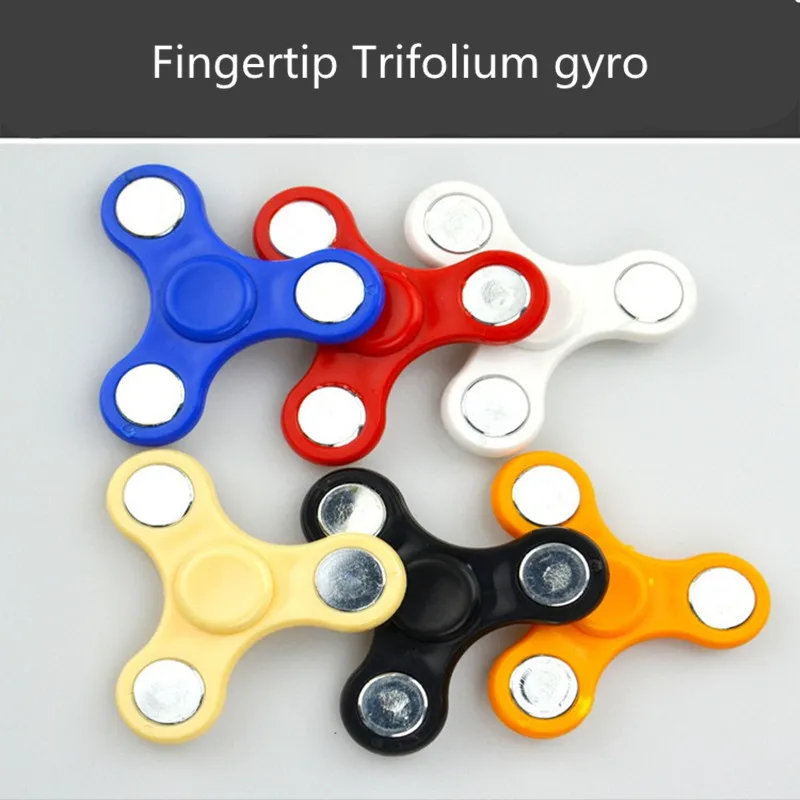 Who remembers what?
Who remembers what?
:
- #spinner0032
- #spinner
___________________________________
___________________________________
___________________________________
___________________________________
___________________________________
- (Anonymous) : (no subject) [+7]
- balahnina : (no subject) [ +27]
- vitaliy0320 : (no subject) [+5]
- bryzg_chastya : (no subject) [+3]
- avroraiwa : (no subject) [+2]
- stranniksenya : (No subject) [+2]
- (Anonymous) : (No Subject) [+3] Borman_b : (No Subject) [+3]
- LIVUN (no subject) [+0]
- seva_kasatkin : (No Subject) [+2]
- Colpac : (No Subject) [+1]
- Seregalab (No Subject) [+2] [+2] [+2] (no subject) [+10]
- a_tushin : (no subject) [+2]
- ledy_lisichka : (no subject) [+1]
Powered by LiveJournal.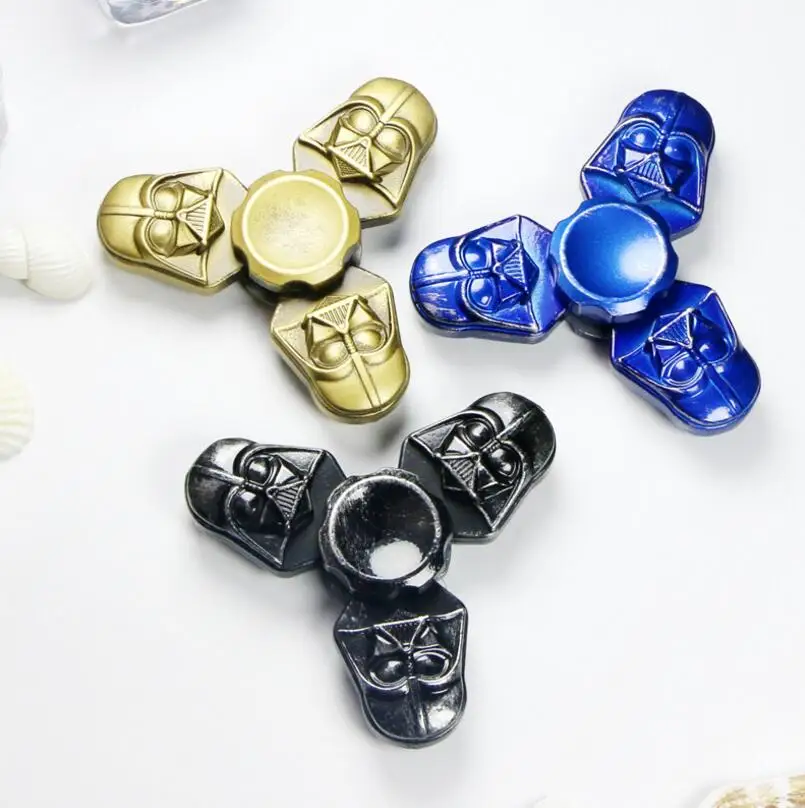 com
com
Spinner turns off from the outside world
Spinner - a small rotating toy, in the center of which is a bearing. Photo from bigthink.comSensory toys or, as they are also called, fidgets, indeed, help to calm down and relax to some extent, stimulating a number of sensory channels in a pleasant way.
But some psychologists go further, declaring them a useful tool for children with attention deficit hyperactivity disorder, as well as autism and anxiety disorders.
Is it true?
Spinner is a small spinning toy with a bearing in the center and several weighting blades on the sides.Invented in the 1990s, according to one version - by the mother of a child with a muscular pathology who found it difficult to play with ordinary toys; on the other - an IT specialist, whom the toy helped to concentrate before speaking at conferences.
Spinners gained explosive popularity in 2017.
Scientific research, but not about that Photo from cbc.
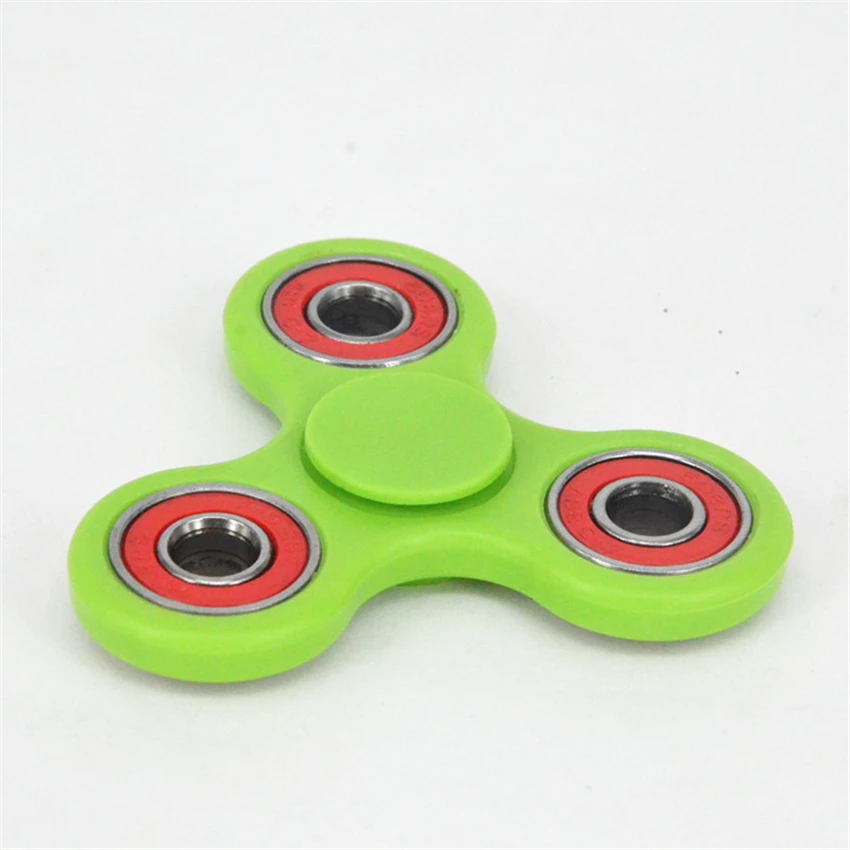 ca
ca Authors writing about the benefits of a spinner for children with ADHD (including the author of Afisha) refer to a scientific paper published in the fall of 2015 in the Journal of Abnormal Psychology , which allegedly states that "repetitive activities help children with attention deficit disorder to concentrate.”
In fact, this is not entirely true, or rather, not at all.
Firstly, the study does not talk about repetitive actions, that is, about monotonous or ritual, obsessive movements.
Secondly, and this is very important, the subject of research is hyperactivity itself, and not spinners at all.
The title of the article is "Hyperactivity in Attention Deficit/Hyperactivity Disorder (ADHD): Disorder or Compensatory Behavior?" (Hyperactivity in Attention-Deficit/Hyperactivity Disorder (ADHD): Impairing Deficit or Compensatory Behavior?), while hyperactivity is understood as excessive motor activity in the field of gross motor skills, and not fine motor activity, like rotating a spinner with fingers.
What does a child with ADHD do? Runs, jumps, kicks a ball, climbs high objects, cannot sit still for a long time at school or at home, spins, pulls a neighbor on the desk. It was precisely this kind of "large-motor" actions that the researchers considered, wondering whether they interfere with the assimilation of educational material, or, on the contrary, help. It turned out that after physical activity, the working memory of children with ADHD improved somewhat, although its performance did not reach the norm.
The findings are interesting, very significant for those who work with children suffering from ADHD, or raise such children, but, alas, do not answer the question of whether the spinner is useful for them.
Too easy to be true Photo: ITAR / TASS
“Mental illnesses are difficult to treat, there are no easy solutions,” says Dr. David Anderson, clinical psychologist and director of the Center for ADHD and Behavioral Disorders at the Institute of Child Psychology in New York.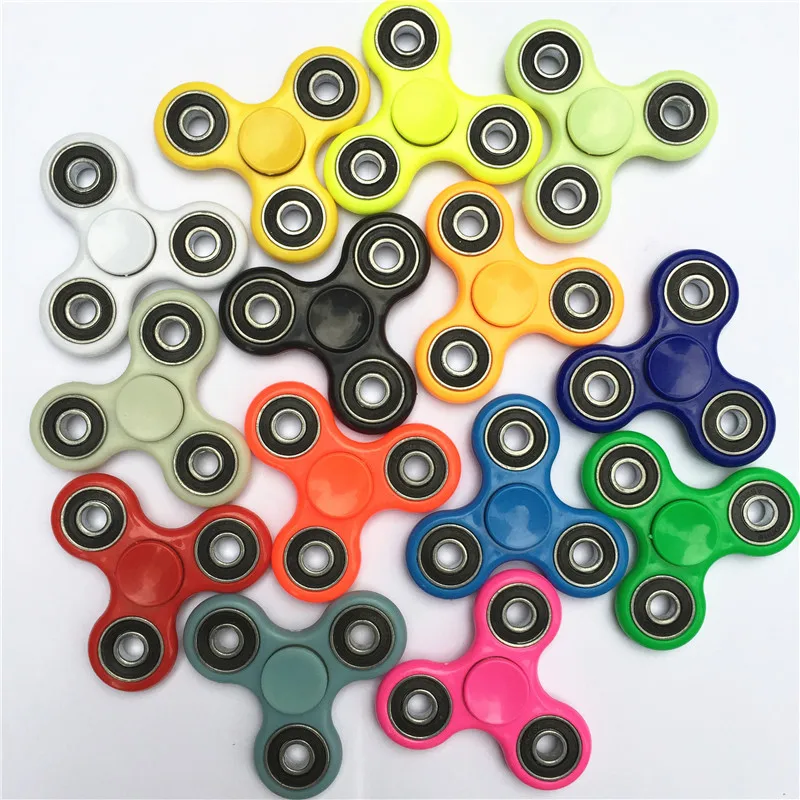 York, “Very often we tell parents, to their great dismay, that if something seems like an easy therapy to do, it’s probably too good to be true.”
York, “Very often we tell parents, to their great dismay, that if something seems like an easy therapy to do, it’s probably too good to be true.”
Dr. Mark Stein, professor at the University of Washington and director of ADHD at Seattle Children's Hospital, is concerned that spinners may distract many parents from what their children really need. He is worried that a business with not always fair advertising enters the medical zone.
Photo courtesy of bigthink.comHowever, despite the lack of scientific evidence, some physicians are motivated by their positive experience to recommend spinners to children with ADHD and autism, saying that a sensory toy can help calm down and even focus. Dr. Megan Walls, a psychologist at Children's Hospital in Philadelphia, suggests that parents of children with the syndrome should discuss with school teachers and administrators the possibility of bringing a spinner to school and playing with it in class if it helps the child.
It is not very clear how this happens, because the spinner gives a range of sensations, stimulating several sensory channels at once, visual, auditory, kinesthetic and tactile.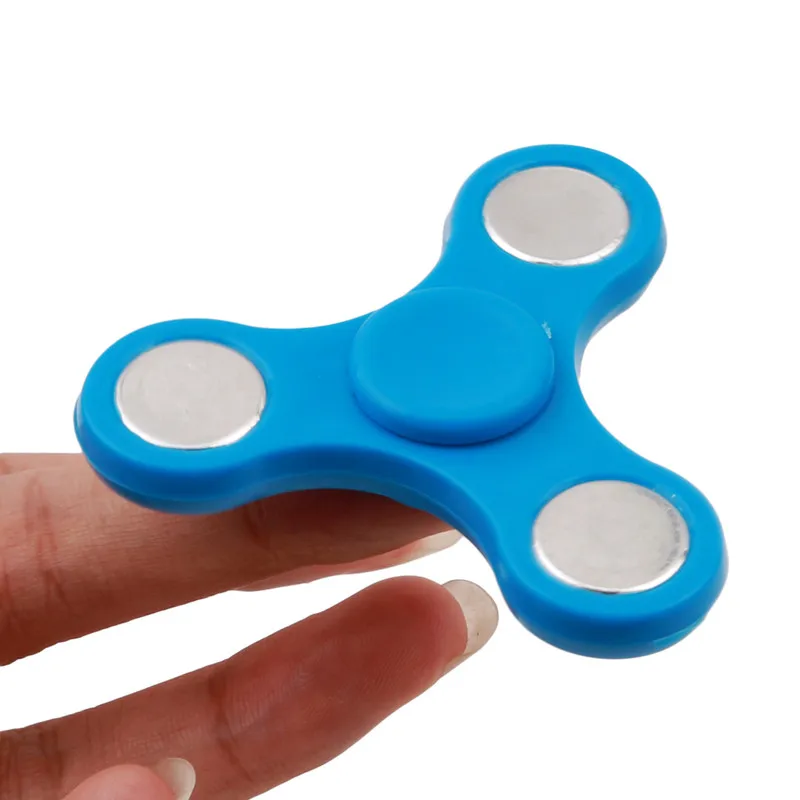 How, then, do all these stimuli, acting simultaneously, help the student to focus on the teacher's presentation of the educational material or the completion of the task?
How, then, do all these stimuli, acting simultaneously, help the student to focus on the teacher's presentation of the educational material or the completion of the task?
In a number of American schools, they considered that the spinner, on the contrary, was distracting, and forbade taking it out of the portfolio during the lessons.
Turns-turns, temporarily reducing the alarm
Repetitive behaviors in autism are not exactly the same as those in OCD, but they are both associated with anxiety.
It is possible that in some children with autism, the combination of sensory stimuli generated by the spinning of a spinner may help reduce anxiety and thus allow them to focus on what is important for learning for a while.
Interest in rotating objects in autistic children is a well-known phenomenon. They like to look at spinning carousels for a long time, rotate any rounded objects on the floor with amazing dexterity and carefully observe them, and, finally, spin themselves, enjoying the visual range of objects floating in a circle that opens up to their eyes.
They like to look at spinning carousels for a long time, rotate any rounded objects on the floor with amazing dexterity and carefully observe them, and, finally, spin themselves, enjoying the visual range of objects floating in a circle that opens up to their eyes.
All this really calms the autistic child, and it is quite logical to use a spinner in a situation of overload that causes a tantrum.
However, it is important to understand that such actions, which experts also call "stereotyping", are a way to get away from anxiety only for a while and are not therapy. The condition will return after a while.
Turns it off from the outside world Photo from cbc.ca
In addition, a child absorbed in stereotypes is turned off from the outside world, his cognitive activity suffers, he does not assimilate information about objects and their purpose, does not develop useful physical and social skills, honing only one associated with your favorite ritual.
Therefore, the task of parents and professionals working with an autistic child is not to encourage stereotypes, but to try to minimize the time he spends dealing with them.
By the way, this is one of the problems that neuroscientists are actively working on. They suggest that a drug that enhances the signal of the neurotransmitter GABA (gamma-aminobutyric acid) may help reduce stereotypes in people with autism, but such a drug has yet to be developed.
In the meantime, parents are turning to a variety of behavioral therapies that are effective for most children with autism.
What is the result? Photo courtesy of health.usnews.com
So, to date, there are no studies supporting spinner use in ADHD and autism.
Experience suggests that for some children, a spinner can be useful with limited use, however, in no case should an autistic child be allowed to overuse this toy, as it will not solve the problem of anxiety, but will "turn off" him from meaningful play , learning and communication.